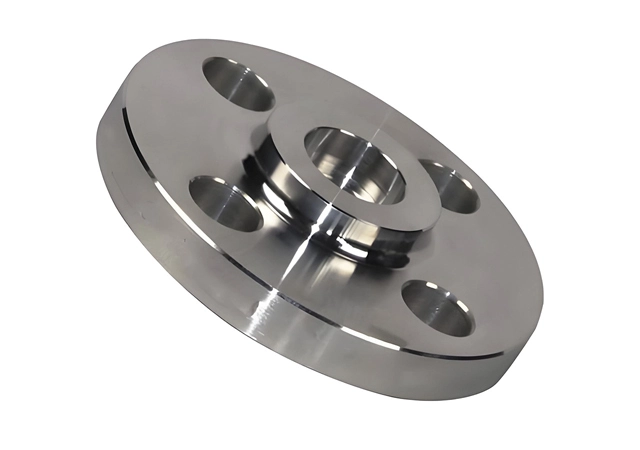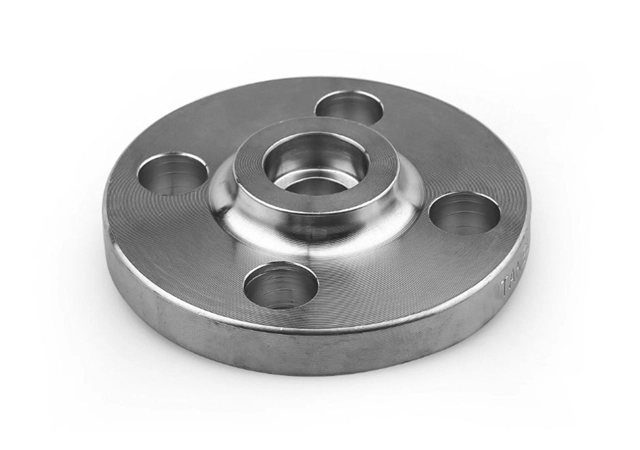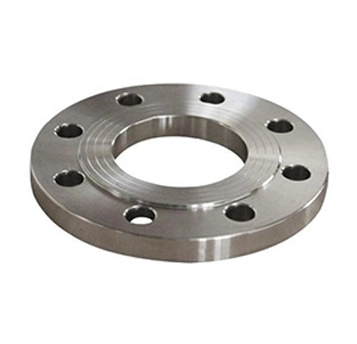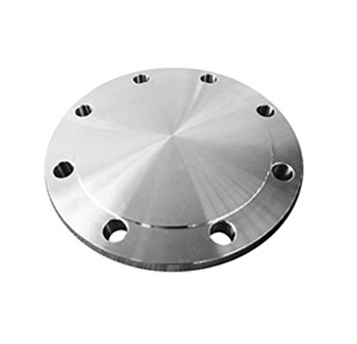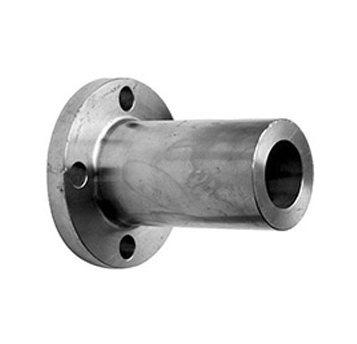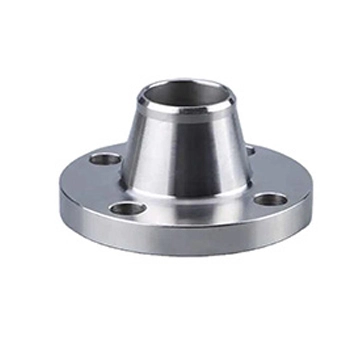What is Socket Weld Flange
Socket welding flanges are specialized pipe fittings designed to create strong, leak-proof connections in high-pressure and high-temperature environments. They feature a recessed socket into which the pipe is inserted, ensuring proper alignment and a secure fit. The pipe is then fillet-welded around the outer edge of the socket, creating a durable bond. This design includes a shoulder inside the socket that acts as a stop, ensuring the pipe is inserted to the correct depth and accommodating thermal expansion.
Socket welding flanges are commonly used in industries such as oil and gas, chemical processing, and power generation. They are ideal for small-diameter pipes and offer benefits like easy alignment during installation, reduced risk of leaks, and the ability to handle high pressures. These flanges are typically made from materials like carbon steel, stainless steel, and alloy steel, which provide strength and corrosion resistance.
Types of Socket Weld Flange
Standard Socket Weld Flange: Used in general high-pressure applications.
Raised Face (RF) Socket Weld Flange:Features a raised face for better gasket compression.
Flat Face (FF) Socket Weld Flange:Has a flat sealing surface for flat-faced equipment.
Ring-Type Joint (RTJ) Socket Weld Flange: Uses a metal ring gasket for high-pressure sealing.
Sizes and Pressure Ratings of Socket Weld Flange
Sizes
Socket Weld Flanges are typically available in sizes ranging from ½ inch to 24 inches. These sizes are defined according to the Nominal Pipe Size (NPS) standard.
Pressure Ratings
Socket Weld Flanges can handle pressures ranging from 150 PSI to 2500 PSI. The pressure rating is an important factor in determining the suitability of the flange for specific applications. The common pressure classes include:
Class 150: Suitable for moderate pressure applications.
Class 300: For higher pressure requirements.
Class 600: Ideal for high-pressure systems.
Class 900, 1500, and 2500: These higher classes are used for extremely high-pressure applications.
Standards of Socket Weld Flange
American Standards
ASME B16.5 applies to ½” - 24” socket weld flanges, sets pressure ratings. ASME B16.47 covers 26” - 60” large - diameter ones.
Chinese Standards
GB/T 9117 - 2010 specifies socket weld flanges in certain pressure ranges. HG 20619 in chemical industry for American - system ones.
British Standards
BS 3293 is for socket weld flanges, stating technical requirements, dimensions and other related aspects.
German Standards
DIN 86029 sets standards for socket weld flanges, covering design, manufacturing and installation requirements.
Material Grade of Socket Weld Flange
Carbon Steel Socket Weld Flange
ASTM A105 is widely used for its good performance. ASTM A350 series suits low - temp. Domestic 20#, Q235, 16Mn are cost - effective for non - critical uses.
Stainless Steel Socket Weld Flange
ASTM A182 F304 has good corrosion resistance; F304L has better weldability. F316 series, with Mo, resists chloride - rich media better.
Alloy Steel Socket Weld Flange
ASTM A182 F11, F12, F22 offer high - temp strength. 12Cr1MoV and 15CrMo are used in power plant high - temp pipelines.
Applications of Socket Weld Flange
Oil and Gas Industry
Socket weld flanges are used in oil and gas extraction, transportation, and refining. They connect pipes in wellhead and refinery systems, ensuring high - pressure sealing.
Chemical Industry
Applied in chemical plants for pipelines with corrosive media. They're used in synthesis, distillation, etc., preventing leakage of hazardous substances.
Power Generation Industry
Utilized in thermal, nuclear, and hydropower plants. They're found in steam, coolant, and water pipelines, withstanding high - pressure and temperature changes.
Marine Industry
Used in ship's piping like fuel, cooling, and ballast systems. Resistant to seawater, they adapt to ship's vibration and ensure reliable connections.
Pharmaceutical and Food Industry
Employed in pipelines for raw materials and products. They meet hygiene needs, are easy to clean, and prevent product contamination.

 EN
EN
